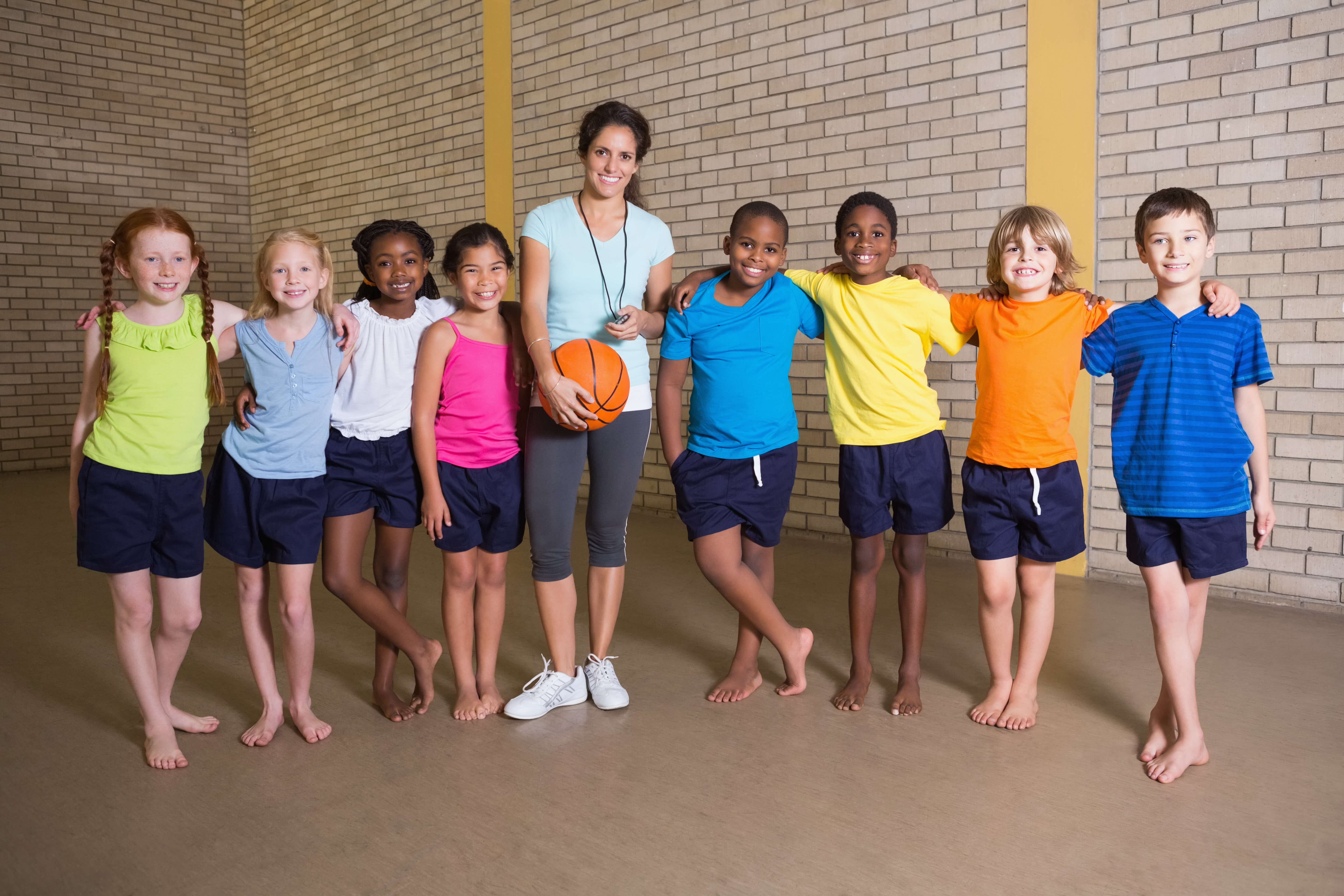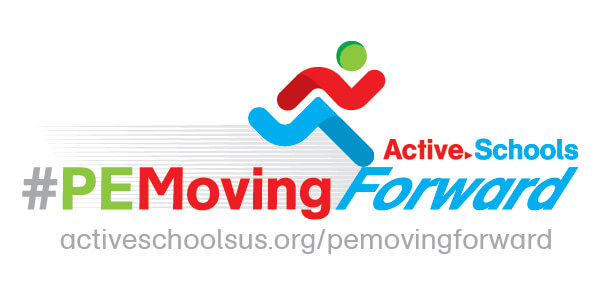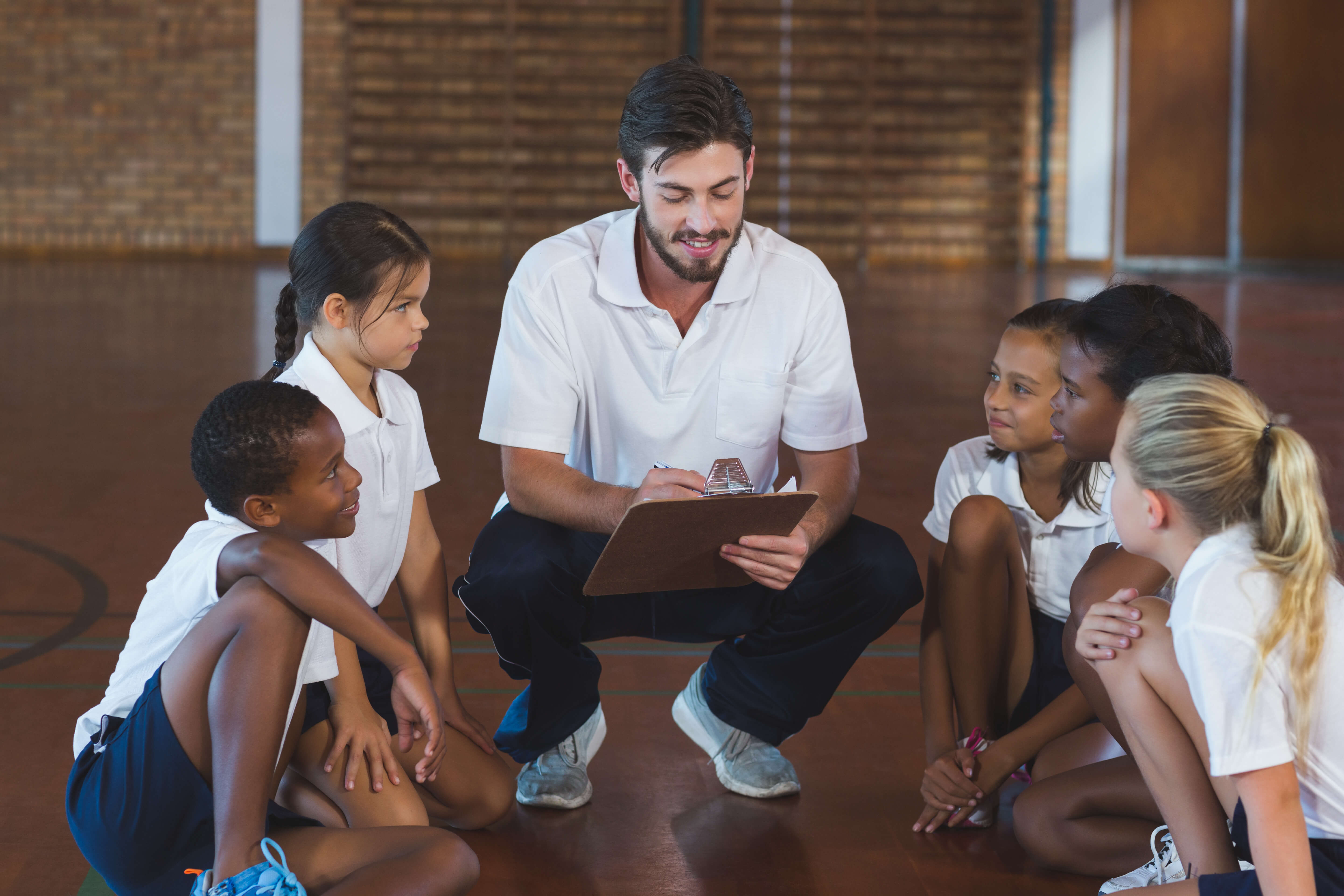What is Physical Education’s Purpose?
I am neither a philosopher nor a sociologist, but the four rationales I commonly hear for physical education are:
Physical education has intrinsic value
Here physical education is valued as a fundamental form of human behavior -play, for its ability to create what in its simplest form might be described as the joy of moving. Play either as childhood play (e.g., spontaneous and invented games) or as organized and formal adult play (e.g., sports, dance, yoga). If physical education is rationalized in terms of intrinsic value the primary outcomes for teaching become turning kids on to moving, or what Siedentop (1980) called approach tendencies towards physical education, that is, a student’s willingness to engage in the content. This willingness is the result of a history of positive experiences with the content of physical education. Such a history requires that students are competent performers in the content. This can be contrasted with roll-out-the-ball approaches that cannot sustain joy-of-movement as an outcome because students fail to become competent.
(Editor’s Note: Originally published in PHE America April 1, 2014)
Physical education plays a role in the transmission of our culture (e.g., sporting heritage, affective goals of interpersonal skills)
This rationale emphasizes helping students appreciate such concepts as winning and losing, fair play, or the role of sport and games in our society. If physical education is rationalized as being valuable for transmitting a set of specific cultural values such as appreciating sports, then sports content becomes a central core of what is to be taught to students in school. In such a view, other movement forms (e.g., yoga or dance) can become less valued.
Physical education can help students perform better in school subjects like English, math and science
Such a view proposes that because students have good cardiovascular health this will result in improved test scores; the arguments are often in terms of students attending school more often (i.e., fewer sick days) or because of improved brain function as a result of improved cardiovascular fitness. This in turn is assumed to make America a stronger nation economically. Such rationales are grounded in terms of academic gains. The outcomes that are valued are those that tie or integrate physical education to other subject areas; or those that are tied to a student’s cardiovascular fitness.
Physical education can serve public health outcomes
Probably the most common rationale voiced today is that moderate to vigorous physical activity or MVPA that contributes to improved cardiovascular fitness leads to improved quality of life for the individual as well as significant economic savings for society. It’s argued that fewer hypokinetic diseases (e.g., high blood pressure, obesity, type 2 diabetes) will need to be treated, and fewer workers will be absent from work. In this view, physical education is an important piece of the puzzle in addressing hypokinetic diseases both in terms of contributing to accrued daily physical activity and in terms of countering sedentary lifestyles by motivating students to engage in physical activity outside of school.
Each of these four rationales has its variations, proponents, and dissenters. I view the last three as instrumental rationales and while this in itself is not a bad thing, they suggest that physical education is mostly a means to an end. In the present political and social contexts of schooling and public health, acknowledging the health-related benefits of physical education both in terms of academic achievement and public health is wise. However, I believe that health and academic benefits should be the outcomes of well-taught physical education, and not ends in themselves. The critical issue for me in the debate about the purposes of physical education is if you are not turning students on to moving, that is, creating joy in moving, then we are very unlikely to meet any other outcomes of physical education because students will not engage in activities they don’t find enjoyable in or out of school, nor try new activities later in life.

What is the Content of Physical Education?
By now, it should be pretty clear that I’m a big proponent of the joy of moving as a primary outcome of physical education. As such the content of K-12 PE should be movement in its various forms, the focus being specifically on the motor skills, knowledge and social skills needed to accomplish that outcome. I prefer the term movement to physical activity because the phrase “physical activity” has become synonymous with the public health agenda and in turn, how that is conceptualized.
To move and to play successfully requires first motor competence, but it also requires knowledge of rules of the activity. For sports it includes knowledge of tactics and strategies of games, and for health, it includes knowledge of health-related concepts. It also requires social skills including knowing the etiquette, fair play, participating as a cooperative member of the group. In this view, MVPA is a by-product of teaching content effectively. Much of the discussion among teachers, teacher educators, and public health proponents centers around the type of physically active movement that results in MVPA. Moderate activity of students is equal to the energy expenditure produced by walking, and vigorous activity of students is energy expenditure greater than that produced by walking (McKenzie et al, 1991).
The literature is pretty clear that in many physical education lessons teachers do not meet even a basic expectation of 50% of the lesson devoted to MVPA. Yet do we really believe that an effective physical educator cannot at the very least produce outcomes of MVPA that exceed 50% of the lesson! Ineffective teaching is not a new problem. The causes are the same as they have always been: limitations in a teacher’s content knowledge and pedagogical knowledge.
The Content Knowledge of Teachers
Some individuals argue that it is the sport content of physical education that is responsible for the state of affairs we find physical education in today. They argue if you select movement activities that are more active, such as fitness content, you can resolve the problem low of MVPA in physical education. I agree that content selection is a piece of the problem. But not in the way that many suggest. The single largest problem confronting the field of physical education is that too many of our teachers do not know their content well enough to teach effectively.
Consider two tasks that I often ask teachers. Imagine you have been asked to teach Gaelic Football, a game let’s assume you know little about. Many teachers will begin by trying to find out about the game. That usually means taking to the Internet to see the game played, to understand the rules, and to determine the skills and techniques in the game. The teaching of the unit that results, is characterized by the demonstration of skills and then student practice. This pattern repeats itself until the skills are taught. At some point, the students will be introduced to the game and it is likely to be the full-sided version of the game. Under the best of conditions, students will have practiced one or perhaps two progressions for each skill.
In a second task, I ask teachers to describe for me how they would teach the content they know best, from beginner to more skillful performer. The most knowledgeable teachers will describe a highly sophisticated process of teaching with multiple progressions in a very systematic process to develop performance over time. For example, one teacher described to me how he begins teaching soccer progressing from 1v1, 2v1 and 2v2, leading to 4v4 games.
These two examples raise some important issues. The difference in the teachers’ knowledge between the two examples is substantial. What students in the class come to learn and know about the game or movement is markedly different. Unfortunately, a lot of teachers are stuck in the first situation and I don’t believe teacher educators, book authors, and professional development folk have done enough to help move teachers out of this situation. But I’d also, and very respectfully, suggest that teachers need to take personal responsibility for getting themselves out of this situation.
How to begin? Here are two suggestions. A book called Play Practice by Launder and Piltz (2013) is an extraordinarily good place to start. And Sport Education by Siedentop, Hastie and van der Mar’s (2011) is a great follow up. Play practice is a systematic and developmental approach to teaching that is very exciting. Sport Education changes your relationship with the students and the relationships of students to each other.
Let me also share what I see as the primary barrier to moving out of the situation described in the first task: It’s the multi-activity curriculum, so prevalent in secondary settings in which instructional units are short and content is frequently changed. Is it reasonable to expect students to become skillful enough to play a basic game of tennis after a 5-day or a 10-day unit of instruction? Of course not. It takes more time. But it also takes more content knowledge than many teachers have.
In contrast, instructional units of 20-days give teachers the time they need to develop skillful, knowledgeable, and socially competent performers in physical education. Longer units also give teachers more time to become more knowledgeable about the specific content. The counter to the multi-activity curriculum is the often-used phrase “less is more.” When fewer content areas are taught per year, students learn more. When I talk to teachers about this some will argue that this limits the exposure that students might get to other content. It does, but what we have at present is not working. Moreover, I suspect that a major reason the multi-activity curriculum is so prevalent in physical education is that after 5-10 days teachers run into the problem of a personal lack of content knowledge.
The Pedagogical Knowledge of Teachers
If content knowledge is the largest problem confronting our field the second largest problem is that too many of our teachers do not use pedagogy (i.e., the organization and presentation of instruction in physical education lessons) to teach effectively. Unlike content, this is an extraordinarily easy fix. We have known how to do this since the 1970’s with the academic learning time literature that clearly showed how teachers’ organize time influences student learning (van der Mars, 2006). However, too often the pedagogy being used by teachers is ineffective. For example:
Scenario 1: Consider an elementary teacher whose lesson is structured in the following way: Students come in and sit down while the teacher reviews the lesson for the day. Next, the students do a group warm-up. Then they gather to listen to the teacher present the first task, practice, and the cycle repeats itself throughout the lesson followed by closure. Contrast that with a lesson where the students enter and move to stations around the gymnasium. Music is on and every 30 seconds or so the music changes and students rotate to the next station.
At each station, the teacher has previously taught them what to do for their warm-up. There are task cards at each station to remind students what to do at each station. When the warm-up is finished, the music changes again and students pick up new equipment at each station. For the next 15 minutes or so students complete tasks that they have been previously taught.
At this point in time in the lesson, the students have been directed by the music (when to practice and when to rotate to the next station), and have been engaged in motor learning tasks for 20-25-minutes which also represents a very similar amount of MVPA. The teacher during this time has been free to correct errors, provide modifications for students having difficulty, and to motivate her students. At this point in the lesson, the teacher introduces a new skill to the students and they practice this one skill as a group. The teacher tells her class that the next time they come to class this is the skill she wants them to practice at station 5. This new task replaces the task they have previously been doing there.
Scenario 2: In many middle and high schools, up to 20% of a lesson can be lost in the first transition from the locker room to the gym. Consider a commonplace event in physical education where the lesson begins, but the time to change is in excess of 8 minutes and then the students gather in pre-assigned locations and the teacher takes attendance. The lesson has been occurring for 13-18 minutes at this point. This 13-18 minutes could have been used differently. One alternative to this could be to place students in teams and give each team 4-5 minutes to change and be out on the gym floor. At this point, each team begins warm-up without direction from the teacher. They have their own preassigned area to warm up in.
Both of these scenarios reflect significant but not difficult changes in pedagogy. Several decades of studies show that a teacher can be taught these changes on a Monday and make immediate changes on Tuesday. Fixing weaknesses in teaching pedagogy is doable!
 A Plea for Greater Professionalism
A Plea for Greater Professionalism
Teaching well is hard and challenging work but it’s also very rewarding. It’s the reason why we entered the profession. I understand that workplace conditions that include large class sizes, infrequent contact with students per week, and often marginal status in schools can be frustrating and demoralizing. But several years ago I came across a multi-year investigation into teacher reform. A major finding was that teachers who do what I call “Tinkering,” that is making small changes in their teaching, are the teachers who find their jobs most rewarding and who make the most difference in student learning.
I want to close with a final hard truth and a plea. I recognize that readers of this essay are likely not the main group of physical education teachers who should be reading this. Nevertheless, I encourage all of us to act more professionally. By this I mean we need to tinker with our teaching, actively seek out meaningful professional development, and follow up for example, with the recommendations made in this essay about investigating Play Practice and Sport Education. I say this because I don’t believe anyone else is going to do it for us- at least on a consistent basis and if not us, then who? I have always believed that the investment in teachers is the best single reform outcome for education. My plea is for teachers to invest in themselves
References
Launder, A., & Piltz, W. (2013). Play Practice. (2nd ed). Champaign, IL: Human Kinetics.
McKenzie, T. L., Sallis, J. F., Patterson, T. L., Elder, J. P., Berry, C. C., Rupp, J. W., Atkins, C. J., Buono, M. J., & Nader, P. R. (1991). BEACHES: An observational system for assessing children’s eating and physical activity behaviors and associated events. Journal of Applied Behavior Analysis, 24, 141-151.
Siedentop, D. (1980). Physical Education: Introductory analysis. 3rd. Ed. Dubuque, IA: W. C. Brown.
Siedentop, D., P. Hastie, & van der Mars, H. (2011). Complete guide to sport education. Champaign, IL: Human Kinetics.




